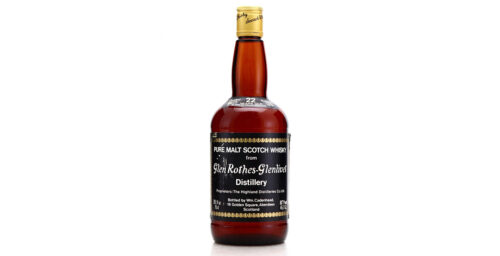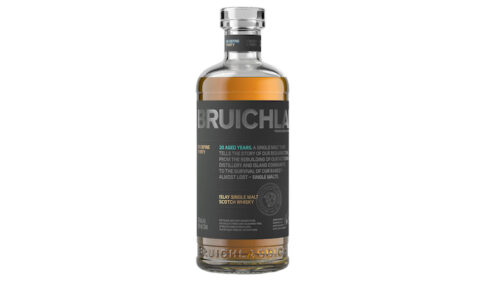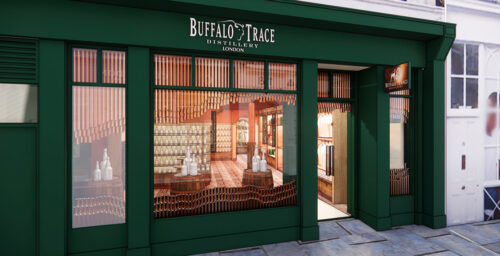Sherry casks: what most whisky drinkers think they are
Most whisky lovers seem to think sherry casks (in the whisky industry) are the casks in which bodegas mature their sherry wines. Once the wine is mature, it is bottled and the cask can be shipped to Scotland. While this may seem pure logic (this is how it goes with other wines) and while it is the story that most whisky distillers will tell you, it is not the case.
The solera system, the preference of flor towards low tannin levels, and the fact that barrels are never emptied mean the sherry industry will not discard these casks unless they are beyond repair: they virtually last forever and the older they are, the better for them. Bodegas like El Maestro Sierra are known for using casks that are almost 200 years old. They are considered a high value commodity and they’re not even thinking about selling them to the whisky industry because it takes so long to replace them.
It is virtually impossible to acquire one of these solera casks, as I would like to call them. Even when they occasionally become available on the market (when a bodega goes bankrupt for instance) the amount of available casks is largely insufficient to meet the demand of the whisky industry.
Forget about these solera casks. When talking about sherry casks in the whisky industry, distilleries use romantic pictures of atmospheric bodegas full of old casks, but none of these casks will end up in Scotland. So what kind of ‘sherry casks’ is the whisky industry really using?
Sherry casks: what they were until 1981
Until the late 19th century sherry was commonly sold in bulk, directly from barrels that were transported to bars or shops where people could drink sherry or take it home in their own container. The UK has traditionally been the most important market for sherry so there was a steady supply of casks. There was a shift towards bottled sherry in the 1900s, but even then the bottling took place in the UK, mostly in London. Shipping empty barrels back to Spain was not profitable so they were left behind and sold to distilleries in Scotland. Exporting sherry in barrels existed until the 1970s but stainless steel containers took over and eventually bulk export was prohibited in the 1980s.
It should be noted that those transport casks were also not the same as solera casks. Most of the time they were relatively young casks made of cheaper, local European oak (whereas solera casks were always made of American oak). Often they would have been used a few times for the fermentation of the young wines (nowadays done in temperature-controlled stainless steel tanks but back then fermentation was taking place in casks). During the fermentation process, the wine extracts tannins and other highly aromatic wood elements. After ‘neutralizing’ the casks to a certain extent, they were filled with mature wine and shipped to the UK. The oversees journey and the selling process took a few weeks or months, which meant the casks had been soaked with mature sherry before they were used in the whisky industry. After the barrels were emptied, easily a dozen litres of sherry had been absorbed into the pores of the wood.
From 1986 onwards Spanish law dictated that all Spanish wines had to be bottled in Spain, which meant there were no more transport casks available. The whisky industry had foreseen this long before and had been switching to alternatives.
One of these was the use of paxarete, a dense wine that consists of Pedro Ximénez to which arrope is added (a syrup made from boiled down must) to make it sticky sweet. A litre of this highly concentrated wine was poured into a cask, which was then put under pressure for ten minutes to force the wine into the pores. A few years later it was clear that the results weren’t satisfactory. Anyway the process was banned by the Scotch Whisky Association in the late 1980s, claiming it was an illegal additive.
Another alternative that became more successful was trying to reproduce the profile of a transportation cask. It is generally thought that the idea of seasoning new casks with sherry came from William Phaup Lowrie, a Glasgow whisky blender which also operated as a sherry agent. Although it is the most expensive solution, the last few decades ‘sherry casks’ have been specifically prepared for the whisky industry.









